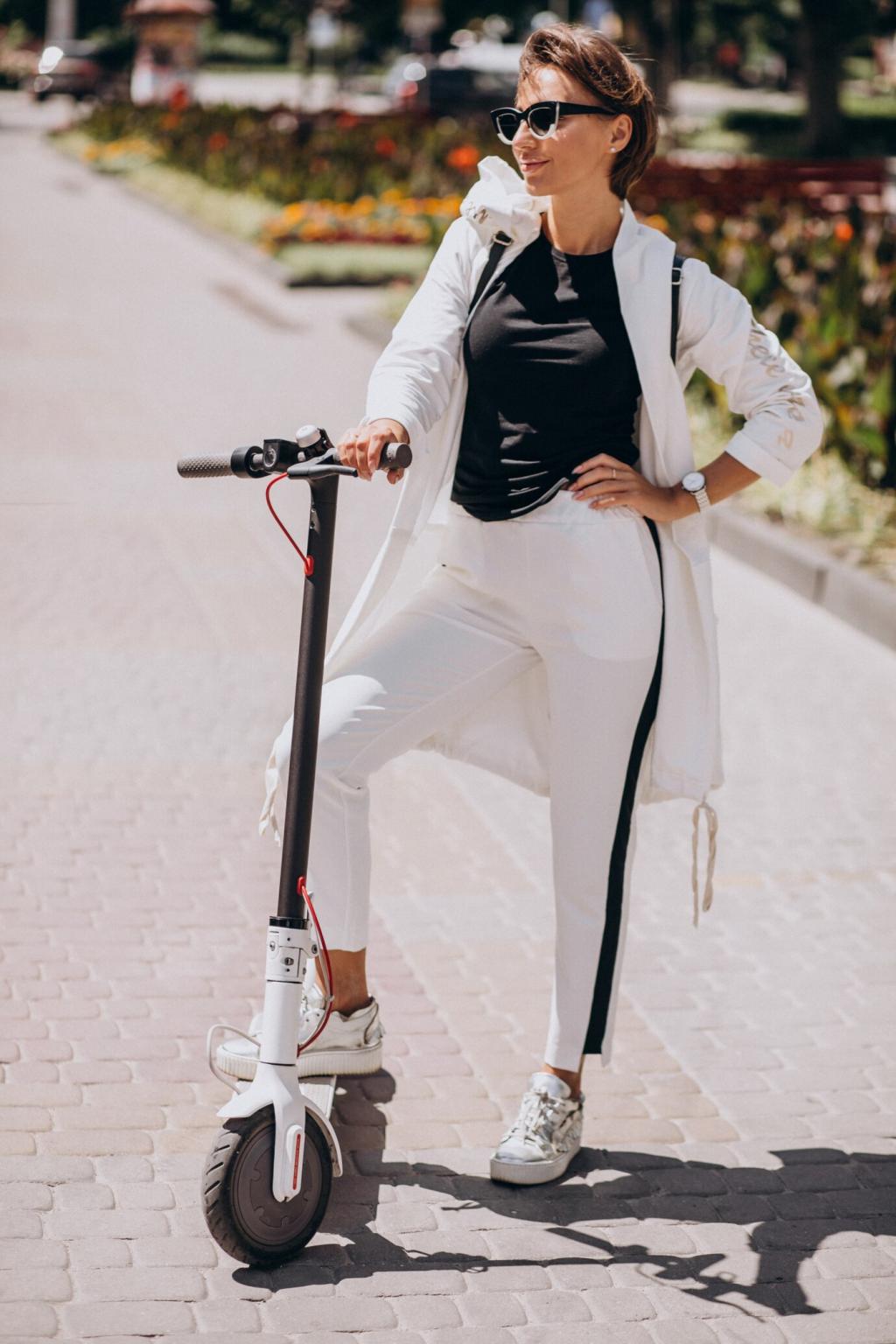Installation and Tools Made Simple
Gather metric hex keys, a torque wrench, blue threadlocker, and a soft cloth for frame protection. Pre-fit parts on the ground first. Photograph each stage so you can retrace steps if adjustments are needed after your first test ride.
Installation and Tools Made Simple
Align brackets flush to the frame, hand-tighten evenly, then torque in small increments across opposing bolts. Apply threadlocker sparingly. When rails are clamped, rock the seat laterally to confirm there is zero play before taking the scooter outdoors.



